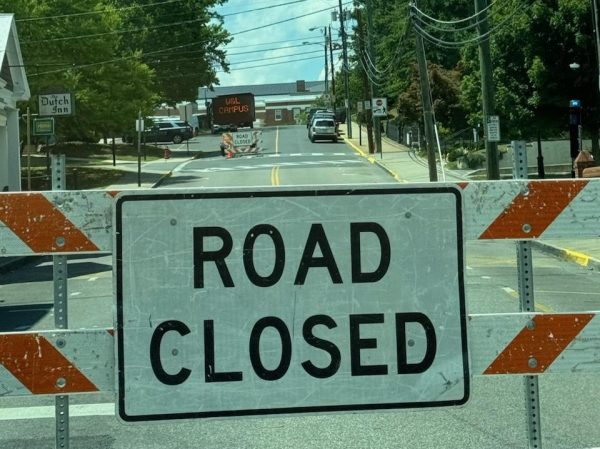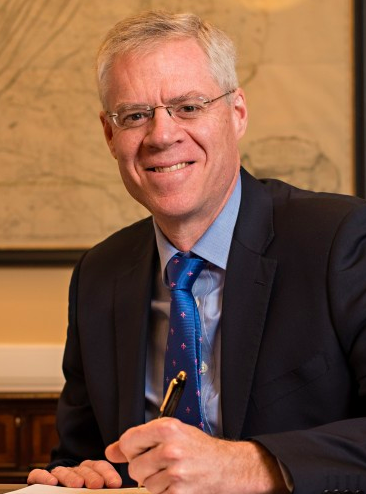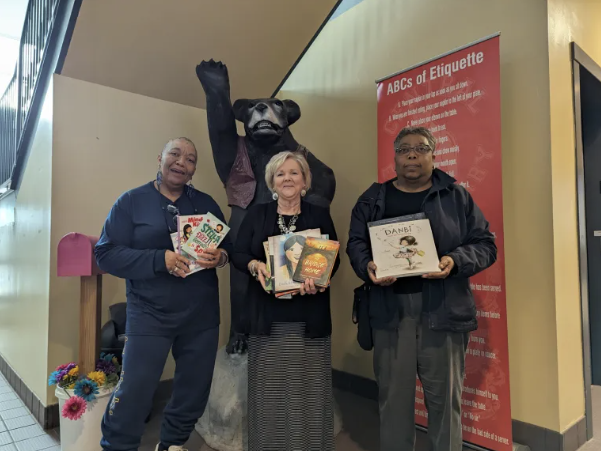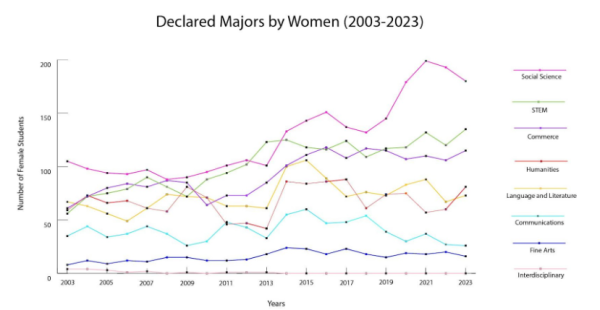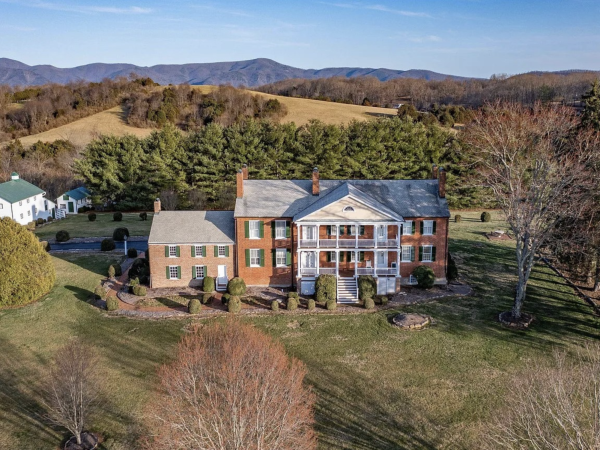New course to be offered on the history of Black Lexington
Student leaders are taking the lead on research for the class
November 4, 2020
Beginning Winter Term 2021, students can learn hands-on about the Black businesses and families of Lexington and how they have changed over time in CBL-100.
Sascha Goluboff, professor of cultural anthropology, Kam Godsey, ‘23, and Tanajia Moye-Green, ‘23, designed the course to be an introduction to Community Based Learn- ing that allows students to learn about Lexington and document their findings in a project for the Lexington Visitor’s Center.
“I wanted to focus on the ideas of how to work with community partners, the challenges, the rewards and getting real life skills,” Goluboff said. “And I thought, ‘wouldn’t it be cool to do something local, especially with the Black community?’”
Goluboff began meeting with members of the city’s Black community and realized there was a need for a permanent display about the history of Black Lexington. Next semester, her students will create one for the visitor’s center.
In the class, students will investigate Black businesses and write stories about them using historical documents from Special Collections. Then, students will map each business on an interactive virtual program to illustrate the often-forgotten history of Lexington.
“Showing students how the town used to be really opens a conversation about segregation and what’s changed since then, and can help us compare some of the issues we were having then and what we’re dealing with now,” Goluboff said.
During segregation, Black businesses in Lexington were concentrated on North Main Street from the corner of Washington Street toward Virginia Military Institute. Once segregation ended, many of these businesses closed because Black community members could shop at stores originally reserved for White customers. As a result, many Black people left Lexington to look for new opportunities.
“Yes, the Civil War is a huge part of the history of Lexington; however, much of the focus today has been centered around the Confederacy, Robert E. Lee and Stonewall Jackson,” Moye-Green said. “The history of the local Black community has, for the most part, been treated like mere side notes in the narrative of Lexington and Rockbridge overall.”
Moye-Green began helping Goluboff create the class over the summer.
“Going home abruptly last school year was very stressful, and so much more happened during the summer that contributed to my stress—the increasing visibility of police brutality, overall racism, the fear of my older family members contracting COVID,” she said.
To occupy herself, Moye-Green reached out to Goluboff to see if she needed help with any projects. Together, they began to curate a new class.
“This is the first time I’ve worked with student to design a class, and one of the things I wanted to do as head of CBL was involve more students. Lots of other schools have peer mentorship programs, and I thought that we should start that here, and I’m starting with my class,” Goluboff said.
The class will be a hybrid of Zoom and in-person teaching where students speak directly with Black community members and work closely with peer mentors.
Peer mentorship will be a key element of the course. Peer mentors, including Moye-Green and Godsey, will help Goluboff lead small group discussions, assist with reflections and teach students throughout the term.
“This course is another way us, at Washington and Lee, can come to terms with racial inequality in our own backyard. These are tough convos but I’m hoping with the help of peer mentors it will be easier,” said Goluboff.
Goluboff plans to teach this class every year, with a different final project each time so students can continue to contribute to the documentation and preservation of Black history in Lexington.
“Students’ work will be especially crucial to the overall goal of ensuring the history of Lexington is being taught and presented in a way that no longer erases anyone’s voice,” said Moye-Green. “This is only the beginning of a very long and complex journey.”



